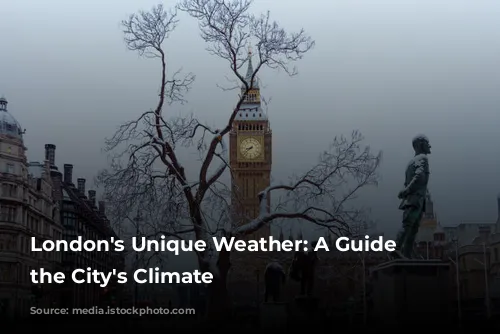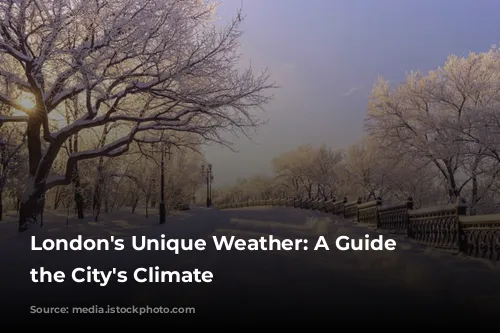Living in London can be an exciting adventure, but it also comes with some unique challenges, especially when it comes to the weather. The city’s location, far north at 51°30’ North, has a significant impact on the amount of daylight you experience throughout the year. As winter approaches, the days become noticeably shorter, with sunrise occurring around 8 am and sunset before 4 pm. For someone accustomed to the sunny days of California, this dramatic shift can be quite disheartening!
But it’s not just the winter that throws a curveball. Summer in London also has its quirks. The sun rises remarkably early, around 4 am, with birds chirping even earlier! This can make it difficult to get a good night’s sleep when the sun is streaming through your bedroom window at 5 am. And getting children to bed with the sun still shining brightly at 9:20 pm can be quite a challenge. Despite the allure of long, sunny days, most people still need their eight hours of sleep. Many Londoners rely on blackout curtains to block out the early morning sun and create a peaceful sleep environment. These curtains are a lifesaver, offering added thermal insulation in the winter months as well.

Mild Weather with a Twist
Despite its northerly location, London enjoys a surprisingly temperate climate. The warm Gulf Stream, a powerful current that brings warm water from the Caribbean to Western Europe, is responsible for London’s milder-than-expected temperatures. This means London rarely experiences extreme cold in winter or stifling heat in summer. The average daytime temperature in January is a comfortable 8°C (46°F), while July sees an average high of 22°C (73°F). While you might experience hotter days exceeding 25°C (77°F) or even 30°C (86°F) in the summer, most Londoners are grateful for the generally moderate climate. Even during the winter, when temperatures can dip below freezing, most homes are equipped with heating systems to keep you cozy.
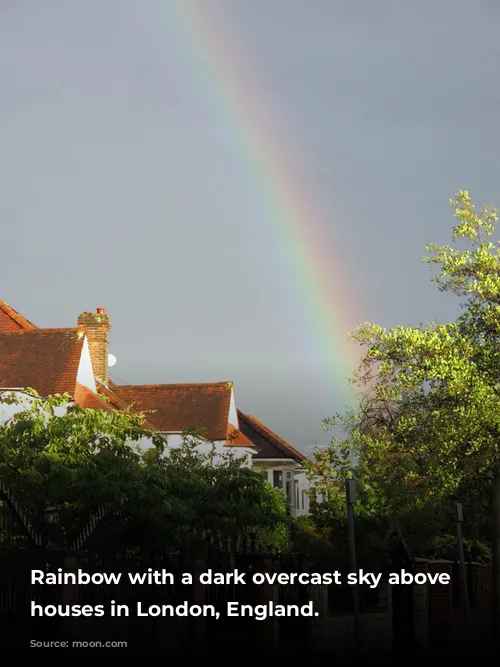
Rain, Rain Go Away: A London Classic
One aspect of London weather that you’ll need to embrace is rain. While the annual rainfall isn’t exceptionally high at around 23 inches (58 centimeters), the city seems to experience frequent showers, often in the form of a gentle drizzle. It’s wise to have a lightweight umbrella or a waterproof jacket handy. While London occasionally gets a thunderstorm with heavy downpours, most of the rain is light and manageable.
Snow in the City: A Rare and Disruptive Event
Contrary to what some might imagine, snow is relatively uncommon in London. The city’s dense urban environment generates a considerable amount of heat from buildings and cars, making it harder for temperatures to drop low enough for snow to settle. London is typically several degrees warmer than the surrounding countryside. However, when it does snow, it can bring the entire city to a standstill, creating chaos and misery. The Underground and train services are particularly susceptible to disruptions caused by freezing weather and snow. While often thought of as an underground system, London’s Tube lines actually travel above ground as they head away from the city center, leaving them vulnerable to snow and ice.
Snow’s Impact on Transportation: A Tale of Chaos
Snow can also significantly impact London’s train services, with ice on the rails frequently leading to cancellations and delays. But it’s the city’s traffic that suffers the most when snow falls. Even a small amount of snow can cause major disruptions, especially since many drivers are not accustomed to navigating snowy conditions. The combination of unfamiliar driving conditions and a lack of experience can lead to accidents and gridlock.
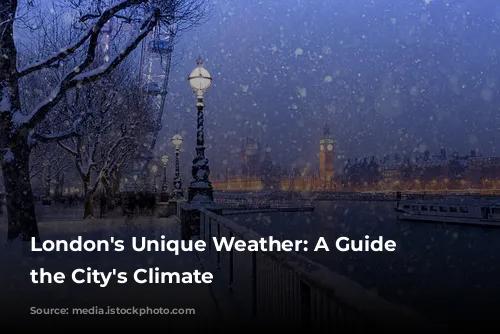
A Personal Encounter with Snow in London: A Cautionary Tale
A few years ago, I found myself caught in a snowstorm while trying to pick up a gift from a North London mall. The snow started falling lightly as I arrived, but it quickly intensified. I rushed through my shopping, hoping to avoid the rush hour, which I knew would be worse due to the snow. However, my efforts were in vain. Within an hour, the snow had accumulated to a couple of inches, causing a major traffic jam. For those used to winter snow, two inches might seem insignificant, but in London, it can create chaos. It took me over two hours to exit the mall’s parking lot. The snow fell too quickly, and the local borough hadn’t had time to salt the roads. The situation was further exacerbated by the entrance and exit to the mall being on a slight hill. Drivers struggled to navigate the slippery incline, leading to accidents and gridlock. Some people were even trapped in the mall overnight. This experience serves as a reminder: if it starts snowing in London, be prepared for delays and disruptions until the snow melts.
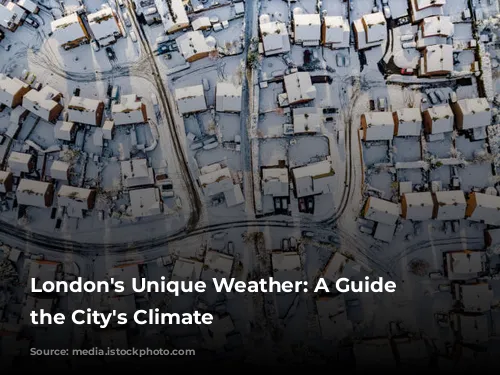
London’s Changing Weather: A Sign of the Times
It’s also worth noting that Britain’s traditional weather patterns may be shifting. After a period of exceptionally mild winters, the past few years have seen colder temperatures and increased rainfall. This trend toward more extreme weather could be part of long-term weather cycles, or it could be a concerning indicator of climate change. If climate change is indeed impacting Britain, London will need to adapt and improve its preparedness for dealing with the effects of wet and snowy weather.
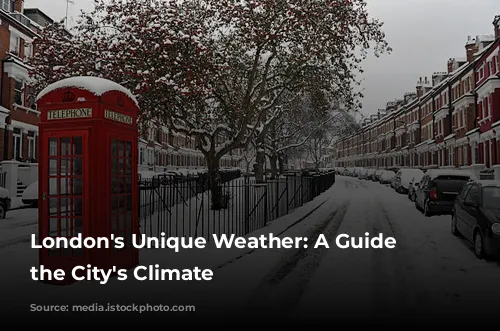
London’s Summers: A Delightful, Yet Unpredictable Affair
On the other end of the spectrum, London rarely experiences sweltering summers. The ideal scenario is a few days in the low 80s (Fahrenheit), when the city basks in pleasant warmth and everyone heads to the parks to enjoy the sunshine. It’s important to remember that London homes aren’t typically designed for long, hot summers, so you’re unlikely to find air conditioning. In my 20 years of living in London, I can recall only one truly unbearable summer—the summer of 2003. Apart from that, we have occasional hot spells lasting a week or two. For the most part, London summers tend to be fairly damp, as any Wimbledon tennis fan can attest.
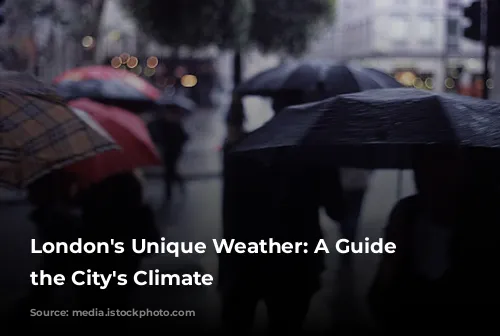
Navigating London’s Weather: Be Prepared for the Unexpected
Living in London means embracing the city’s unique weather patterns. The unpredictable nature of the climate requires adaptability and preparation. Whether it’s packing a waterproof jacket for a drizzle or being prepared for a snowy day, knowing what to expect and having the right gear can make a world of difference. London’s weather may not always be predictable, but it adds to the city’s charm and character.
